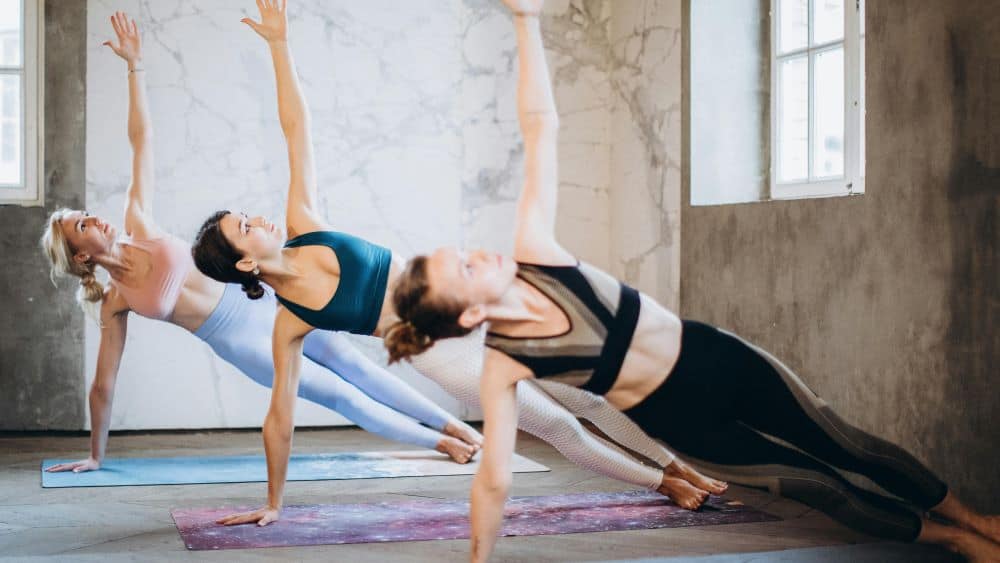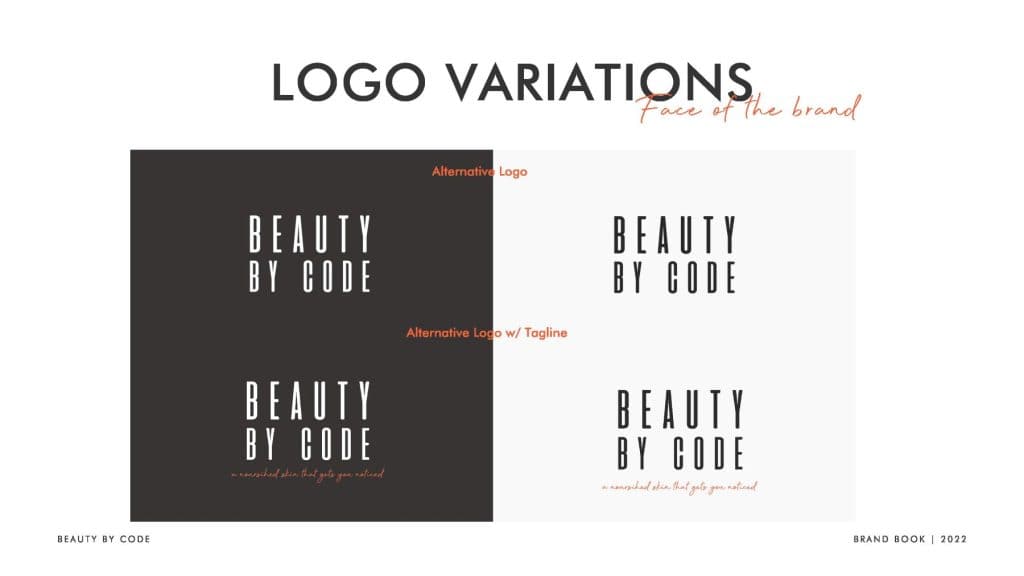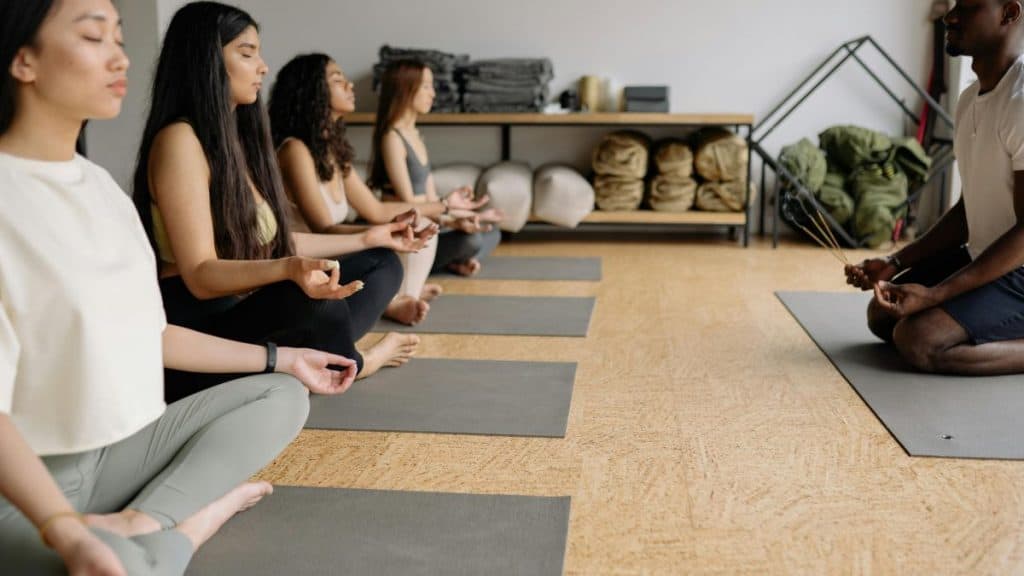How to Create a Brand as a Yoga Teacher

In the US alone, the pilates and yoga studios industry stands at USD 15.8 bn. Clearly, it is a lucrative business. But like most other industries, this is also a crowded space with many players. So, creating a strong and recognizable brand is essential for yoga teachers looking to start their own yoga studio and stand out in a crowded market. Here’s how you can do that.
Branding Yourself as a Yoga Teacher
What Makes You Unique
To build a successful brand, you should start by identifying what sets you apart because all good brands begin with introspection. This could be your specific teaching style, a focus on a particular type of yoga, or your personal philosophy and approach to wellness.
Ask yourself: What do you specialize in; Hatha, Vinyasa, Kundalini, or another type of yoga? Are you known for your restorative classes or high-energy sessions? Are you nurturing and gentle, or do you offer a more challenging and rigorous practice?
You could draw inspiration from your personal philosophy. What beliefs and values drive your teaching? How do these resonate with your students?
Another great practice when building your brand is to reflect on your story. How did you first discover yoga? What sparked your passion for the practice? Were there specific teachers or experiences that shaped your approach? Identifying your “why,” the deeper purpose that fuels your teaching, can help form the core of your brand narrative.

Your Pain Point
There can be multiple brands in any space. But if you notice closely, every successful brand is actually working on a specific problem. A different problem even in a crowded market.
For example, there are plus-size yoga influencers for people who want to pursue healthy living at any size, and there are yoga influencers who specifically cater to an audience looking for support with PCOS/PCOD. We also have yoga teachers who work with people suffering from mental health issues or children who require support with focus and mindfulness.
All of these people have figured out a pain point to cater to, which makes them stand out. So, what do you bring to the table? Do you cater to a specific demographic, such as athletes or pre-natal students?
Knowing this crucial thing will allow you to tailor your brand message and offerings to a well-defined audience, improving your branding.
What You Offer
Articulating your unique selling proposition correctly is as important as having one.
Do you offer unique classes, workshops, or retreats? Are there specific programs or services that only you provide? If you are building a community, how do you engage with it? Do you offer free community classes, volunteer work, or special events?
If you have any innovative approaches, you must articulate them correctly. Figure out if you can possibly incorporate modern technology, such as virtual reality yoga, to enhance the yoga experience.

Building Your Visual Brand Strategy
This is where things get a little challenging. Once you have a clear understanding of your unique identity and target audience, you can start translating them into a cohesive brand strategy. This encompasses everything from your visual identity to your content creation and communication style. Let’s focus on visual identity.
If you are serious about your brand strategy, you need to develop a professional yet approachable visual style that reflects your brand message. This is because your visual identity is the first impression potential students will have of your brand, and it needs to convey the essence of what you offer.
Colors
You can start by choosing your brand colors. Colors have a significant psychological impact and can influence how your brand is perceived. So, you should select a color palette that aligns with the emotions and feelings you want to evoke. This will be the foundation for your mood board.
Logo
Next, get your logo ready. Your logo will be the cornerstone of your visual identity, so it has to be unique, easily recognizable, and reflective of your brand’s personality and values.
The best part about building a visual identity is that you can have fun with the design elements. For example, you can use symbols that resonate with yoga, such as lotus flowers, mandalas, or the Om symbol to convey specific meanings, such as peace, balance, or spirituality. Remember that a simple and clean logo is often more memorable and versatile across various media.

Typography
The same applies to typography. Choose fonts that match your brand’s tone. You can experiment, but there are rules for fonts, too. For instance, you can create a more traditional and calming feel with elegant and flowing scripts. Likewise, you can consider clean and bold fonts for a modern and energetic vibe.
Website Development
Finally, focus on getting your website up as it is a critical part of modern brand strategies. Your website is the digital face of your yoga brand and plays a pivotal role in shaping the first impressions of potential clients. It is an extension of your visual identity. So, it should reflect the essence of your brand through its design, functionality, and content.
That means using high-quality images and videos that encapsulate the essence of your brand, ensuring the menu is easy to navigate, with clear labels for different sections of the site, and sharing your journey, mission, and what sets you apart from other yoga brands.
Remember that authenticity is paramount to branding. Don’t try to imitate others. Let your genuine personality and passion shine through in all your brand interactions.
Starting a Studio or an Online Class
Once you have the foundation of your brand, you can move from inspiration to action. The platform for your teaching can significantly impact your brand strategy. Consider your resources and goals. Do you envision a physical studio fostering a strong community atmosphere? Or do you see yourself thriving in the online sphere, reaching students globally?
Whether it is a physical studio or an online platform, the environment you create should reflect your brand. For a studio, this means a clean, serene space with thoughtful decor. For online classes, you must ensure a professional setup with good lighting and sound quality.
In addition to this, you will also have to develop programs that align with your brand and meet the needs of your audience. This could include specialized workshops, bundle offerings, yoga teacher certificate training, or unique class formats that differentiate you from competitors.

Building a Social Media Presence
Social media platforms offer unique opportunities to connect with your audience in real time, share valuable content, and showcase the personality and values of your brand. Naturally, having a strong social media presence is essential for any yoga brand looking to expand its reach, engage with its community, and build a loyal following.
Focus on building your content marketing strategy, then post engaging and informative content specific to your chosen platforms. Upload links to your blog posts, reels, and stories that showcase your expertise and inspire students.
Bear in mind that it is important for you to maintain a consistent voice in your posts and interactions. Whether formal or friendly, ensure your communication style aligns with your overall brand image.
Additionally, different social media platforms attract different demographics. So, understand where your target audience spends their time online for effective engagement. Below is a quick refresher:
- Instagram: Ideal for sharing visually appealing content, such as yoga poses, inspirational quotes, and short video tutorials. It is particularly popular among younger audiences and is great for building a visually cohesive brand presence.
- Facebook: Offers robust community-building tools, such as groups and events. It is suitable for reaching a slightly older demographic and for sharing longer-form content.
- YouTube: Perfect for longer video content, such as full yoga classes, tutorials, and vlogs, which helps you establish your brand as an authority in the yoga space.
- Pinterest: Useful for sharing inspirational content and driving traffic to your website or blog. It is especially effective for wellness tips, yoga routines, and lifestyle content.
- TikTok: Growing rapidly in popularity, especially among younger audiences, TikTok is great for short, engaging videos that can go viral quickly.
You could be great at your work but if you are not at communicating your brand well, there is very little opportunity for you to stand out. And it can be challenging to do it on your own. Hence, we recommend yoga teachers outsource branding to the experts. Aventive Studio has years of experience working with health and wellness brands. We know the audience and understand your business. Our team of branding experts can help establish your brand’s foundation while you focus on the big picture. Get in touch to get started.
